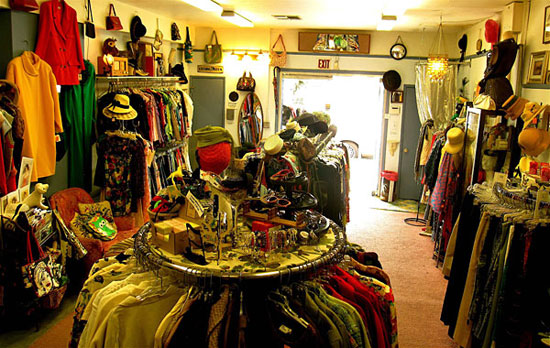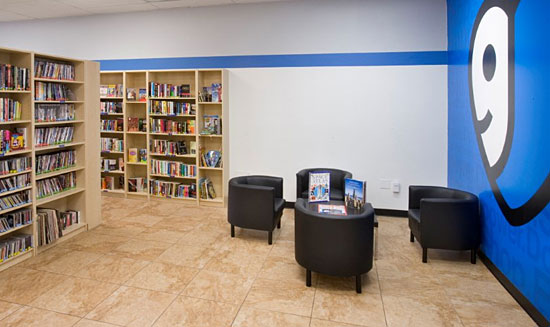Attention thrift store shoppers
February 27, 2013
You don’t need to be a hip-hop enthusiast to go out and “pop some tags” at the thrift shop. And thanks to the L.A. County Board of Supervisors, that vintage velour jumpsuit and those used house slippers may be closer than you think.
The supervisors on Tuesday eased zoning restrictions on secondhand stores in unincorporated Los Angeles County, making it easier for nonprofits such as Goodwill Industries and the Salvation Army to set up shop in neighborhood business districts.
The county code revision, which expands the commercial areas in which vintage stores can do business, was proposed last year by Supervisor Don Knabe after a request from Goodwill, but represented a long-overdue updating of the zoning code, says Bruce Durbin, supervising regional planner in the Department of Regional Planning’s ordinance studies section.
“Essentially, secondhand stores had been in the same zoning category as recycling yards and pawnshops,” says Durbin, noting that such stores weren’t even classified in the zoning code until the Great Depression. “The idea was that they had the same impact as, say, a place that sold scrap metal.”
But secondhand stores since then have become more like other retail outlets, he says. Indeed, the No. 1 song in the country right now is Macklemore & Ryan Lewis’ bawdy anthem, “Thrift Shop,” in which the singers vow to shop ‘til they drop—or “pop some tags”—even though they only have $20 in their pockets.
“These days, thrift shops operate like, say, a Marshall’s—they receive bulk materials, sort it, price it and put it in a showroom. So this was a matter of the zoning catching up with the use.”
The amendment allows secondhand retail stores to open in so-called C-2 zones, as long as the lot isn’t residential and all the drop-off, storage and sorting is done indoors during business hours.
At least one city expressed concern that the change might cheapen municipal shopping districts that border on unincorporated county areas. San Marino noted in a letter that thrift shops could theoretically set up shop across San Gabriel Boulevard from the upscale community, which only allows the sale of new goods.
Nonprofits, however, supported the measure, with letters and testimony from the Salvation Army, the St. Vincent de Paul Society and the AIDS Healthcare Foundation, which operates the popular Out of the Closet thrift shops.
“This ordinance is going to be great,” says Michael Pauls, a Long Beach-based land use consultant to Goodwill who predicts that it will enable the nonprofit to add as many as a half-dozen new outlets over the next two years to the 40 or so stores it now operates countywide.
Since the recession, he says, Goodwill has been trying to expand its offerings of household goods and used clothing; it also has sought to respond to a massive influx of used book donations by opening a new tier of Goodwill bookstores. But when zoning prevented the nonprofit from moving on a series of retail vacancies in unincorporated commercial areas near Santa Fe Springs, Pasadena and Hacienda Heights, Goodwill sought relief from the county.
“In the last 20 years, thrift stores have become very popular with the shopping public,” Pauls says, noting that secondhand stores not only offer low-cost shopping, but also divert used goods from landfills and, in many cases, provide jobs and job-training programs.
“We’re no longer the rummage sales or ‘Sanford and Son’ image that people often equate with us.”
Posted 2/27/13














 405 bridge work causes a stink
405 bridge work causes a stink





